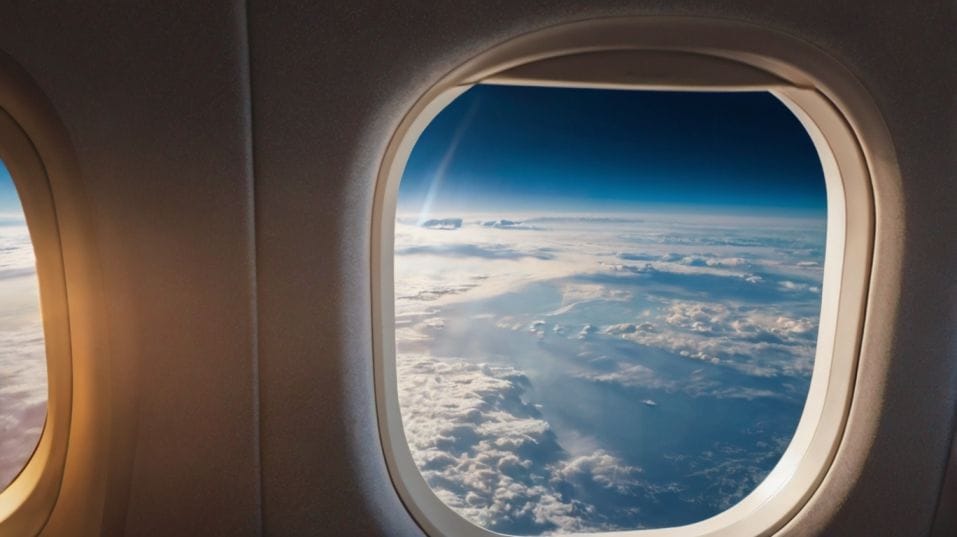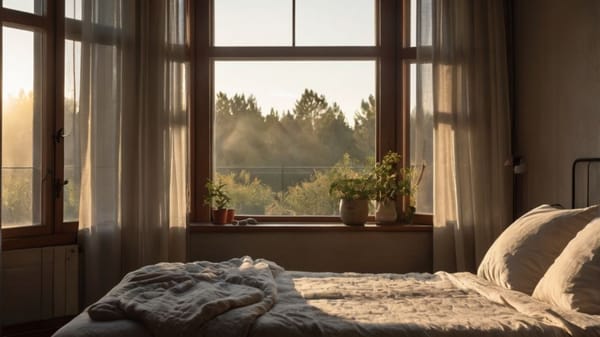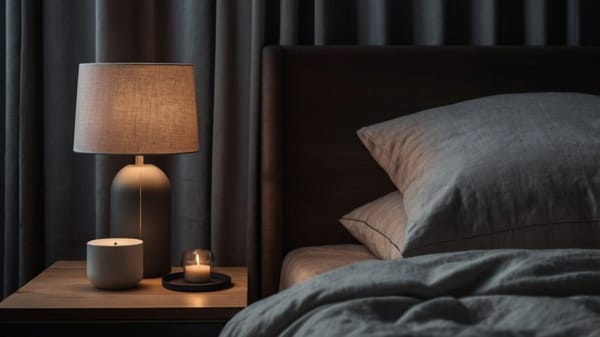How to Use Sleep to Recharge After Travel or Jet Lag
Beat jet lag faster with science-backed sleep strategies that reset your body clock and help you feel clear, energized, and focused after travel.

Ever feel like your brain stayed behind when you landed in a new time zone? You’re not imagining it—jet lag scrambles your body’s internal clock, and the fix isn’t in coffee or willpower.
It’s sleep. The right kind, at the right time. Mastering how to sleep after travel isn’t just about rest—it’s the fastest way to reset, recharge, and feel like yourself again. Ready to bounce back quicker and feel sharp no matter where you are?
Why Travel Wrecks Your Sleep—and How to Fight Back
When you cross time zones, your internal clock—your circadian rhythm—gets stuck in the wrong time.
It's still tuned to your home zone, even though your body is somewhere else. So while the local time says “morning,” your brain might still be in sleep mode, pumping out melatonin and slowing everything down.
This mismatch affects way more than how sleepy you feel. Circadian misalignment drags down cognitive performance, digestion, reaction time, even mood regulation. And if you’re traveling for work, training, or performance? That lag is costing you.
But your body isn’t helpless. It’s built to re-sync—if you give it the right cues. That’s where sleep, light, and routine come in. You’re not just recovering after travel. You’re retraining your system to perform in a new environment.

Reset Your Clock with Light Exposure
Light is the most powerful lever you have to adjust your circadian rhythm. Your brain uses light to tell time. Morning light signals “wake up,” stops melatonin production, and ramps up cortisol (the hormone that gets you alert).
Evening darkness does the opposite—it encourages melatonin and preps your body for sleep. You can manipulate this system to accelerate your adjustment.
Here’s how to use it:
- Morning Light for Eastward Travel: If you’ve flown east (say, New York to London), expose yourself to natural sunlight as early in the day as possible. This helps advance your internal clock so you start waking up and feeling sleepy earlier.
- Afternoon Light for Westward Travel: If you flew west (e.g., Los Angeles to Tokyo), aim for strong light exposure in the afternoon. This delays your clock, so you stay awake longer and fall asleep later.
If natural light isn’t available, use a 10,000-lux light box for 20–30 minutes. It’s not as effective as the sun, but it’s better than nothing.
Time Your Sleep Like a Pro
Sleep timing is about more than just crawling into bed when you’re tired. To adjust quickly, you need to anchor your sleep to the new time zone, even if your body protests at first.
The strategy:
- Set a target bedtime based on your new time zone, even if you feel wide awake or totally drained.
- Don’t aim for perfection on night one. Focus on getting in bed at the right time, even if you don’t sleep deeply yet.
- Wake up with the sun, no matter how rough that first morning feels. You’re forcing a reset. The earlier you commit, the faster your body catches up.
And don’t over-nap. If you’re desperate, take a single 15–20 minute nap in the early afternoon, but never after 3 p.m. Otherwise, your body gets confused about when it’s supposed to feel tired.
Engineer a Sleep-First Environment, Anywhere
Hotel room. Airbnb. Cramped guest bedroom. No matter where you’re sleeping, your brain is looking for cues that it’s safe to shut down. Give it the right signals, and it’ll do the rest.
Here’s what to control:
- Light: Total darkness is ideal. Use blackout curtains, a sleep mask, or even a towel over bright electronics.
- Sound: Travel with earplugs or use a white noise app. Your brain stays alert in unfamiliar environments unless you block out external noise.
- Temperature: Cool rooms promote deeper sleep. Aim for 60–67°F (16–19°C). If you’re stuck somewhere hot, a cold shower before bed helps lower your core temperature.
These changes might seem small, but they add up fast. Your body craves consistency—and even on the road, you can give it that.
Build a Wind-Down Routine That Travels With You
You can’t always control the bed, the noise, or the neighborhood. But you can control what happens in the hour before you sleep. That’s your window to cue your brain to downshift.
Try this portable sleep-downshift:
- 30–60 minutes before bed: Shut off bright screens. If you need them, switch to night mode or use blue light-blocking glasses.
- Take a hot shower or bath: This raises your body temp slightly and triggers a drop afterward—perfect for sleep onset.
- Use calming breathwork: A simple 4-7-8 breathing cycle (inhale 4 seconds, hold for 7, exhale for 8) slows your nervous system and gets you into parasympathetic mode.
- Read something non-stimulating: No news, no emails, no thrillers. Just something that helps your brain slow down.
Make this routine your anchor, no matter where you are. When your body recognizes the cues, it responds faster—even in a new time zone.
Melatonin: When to Use It and When to Skip It
Melatonin isn’t a sleep sedative—it’s a timing signal. It tells your brain it’s time for darkness and sleep, but it doesn’t knock you out.
Used strategically, it can help shift your internal clock. Used carelessly, it does nothing—or worse, delays your recovery.
For best results:
- Use 0.5 to 1 mg, about 60–90 minutes before your new local bedtime.
- Take it consistently for the first 2–3 nights in the new zone.
- Combine it with light exposure at the right time, not as a standalone fix.
And don’t rely on high doses. Bigger isn’t better with melatonin—it just makes your sleep groggy and uneven. Use it as a short-term nudge, not a crutch.
Fuel and Hydrate for Better Sleep Recovery
Your body’s recovery from travel and jet lag isn’t just about sleep—it’s about how well you support sleep. That starts with what you eat and drink.
- Hydration: Air travel dehydrates you fast. Drink water steadily throughout the day. Even mild dehydration makes sleep quality worse.
- Caffeine: Avoid it after local noon. What helps you push through fatigue during the day can sabotage your sleep window later.
- Late-night meals: Keep food light and simple in the evening. Heavy meals before bed disrupt core temperature and digestion, both of which interfere with deep sleep.
Want to supercharge recovery? Sip a magnesium-rich drink (like Natural Calm or a magnesium glycinate supplement) about 30–60 minutes before bed. It helps relax muscles and supports deeper sleep stages.
Final Thoughts: Reset, Recharge, and Get Back in Sync
Jet lag doesn’t have to linger. Sleep is your most powerful tool to recalibrate your brain, restore your energy, and get your edge back.
When you master how to adjust your sleep around light, timing, and routine, you recover faster and function better—no matter where you land.
Start now. Tonight, choose one change—light exposure, consistent sleep timing, or a wind-down ritual—and put it into action.
Travel can throw you off, but smart sleep puts you back in control. Recharge faster. Feel sharper. Make sleep your strongest travel companion.




